Breaking Barriers, Scaling Heights: The Indian Mountaineers Archive

From the snow-capped peaks of the Himalayas to the rugged beauty of the Western Ghats, India's majestic landscape has long beckoned adventurous souls. This land of diverse terrains offers a climber's paradise, with opportunities to scale challenging peaks, explore remote valleys, and forge a deep connection with the great outdoors. It's no surprise then, that India has fostered a remarkable legacy of mountaineering, with a rich history of intrepid climbers pushing their limits and achieving remarkable feats. In this blog, we'll delve into the stories of some of India's most celebrated mountaineers, exploring their inspiring journeys and the unique challenges and triumphs they encountered on their path to summiting some of the world's most awe-inspiring mountains. Through their stories, we not only celebrate their achievements but also gain a deeper understanding of the spirit of adventure and what it takes to conquer challenges!
1. Major Narendra Dhar Jayal:

Nandu Jayal, a name synonymous with Indian mountaineering, was a force of nature himself. Nicknamed "Marco Polo," he wasn't just a climber; he was a pioneer. Jayal's passion for mountains ignited at Doon School, where his unruly spirit found an outlet in climbing. At the age of just 15, he accompanied his teachers along with two other boys to the Arwa Valley glaciers above Badrinath and camped at 19,000 ft. His thirst for adventure didn't stop there. He trained in Switzerland, becoming a certified ski teacher - a rare feat at the time.
Back in India, Jayal spearheaded the "Sappers Expedition" to Bandarpunch in 1950, a turning point for Indian mountaineering. As a young captain, he explored the Garhwal Himalayas, paving the way for future expeditions. He even served as the Indian liaison officer for the French Nanda Devi expedition in 1951 and climbed the great ridge of the main peak up to a camp at about 22,000 ft. Nandu participated in three expeditions to Kamet (1952, 1953 & 1955), while first two attempts were unsuccessful, he led the final one in 1955 where he achieved success by making the second ascent of the 25,447-ft. peak, utilizing a variation of the original 1931 route. He also scaled Abi Gamin (7355 m) from its SW ridge.
But Jayal's vision extended beyond personal summits. In 1954, thanks to the generous support from the Swiss Foundation for Alpine Research, the ambitious endeavor of establishing the Himalayan Mountaineering Institute in Darjeeling finally materialized. Nandu was appointed as its inaugural Principal, while Tenzing assumed the role of Director of Field Training, a well-deserved honour for both individuals. This institute nurtured countless future climbers, including his own nephews who tragically died on Everest. His dedication even earned him the prestigious Swiss Guide's Diploma, a rare honour for a non-Swiss climber.
Sadly, Nandu Jayal's life was cut short in 1958 during an expedition to Cho Oyu. Though his time was brief, his legacy as a pioneer, leader, and passionate advocate for Indian mountaineering continues to inspire generations.
2. Capt Mohan Singh Kohli:

This Padma Bhushan and Arjuna award-winning legend led India's historic first Everest summit in 1965 that successfully placed nine men on the summit of Everest, setting a world record that endured for 17 years. But Capt. Kohli's story takes a surprising turn: he was also part of a covert RAW-CIA mission in the same year!
Under the guise of a regular mountaineering expedition, Capt. Kohli and his team embarked on a secret plan to place a surveillance device on Nanda Devi to monitor China. Talk about a thrilling double life! This daring mission, revealed in his book "Spies in the Himalayas" co-authored with Kenneth Conboy, adds another layer of intrigue to Capt. Kohli's remarkable life.
Capt. Kohli's mountaineering journey commenced with Saser Kangri in 1956, and he has since participated in 20 major Himalayan expeditions, including India’s pioneering ascents of Nanda Kot and Annapurna III, at 7555 meters. His tenure of 14 years at the Indian Mountaineering Foundation, serving as Vice-President and later President from 1989 to 1993, witnessed significant milestones in mountaineering.
Since retiring in 1990, Capt. Kohli has been fervently engaged in fostering the comprehensive development of youth through various adventure and outdoor leadership initiatives. Whether it's scaling peaks or writing captivating books, Capt. M.S. Kohli proves there's always an adventure waiting for those who seek it.
3. Col Narendra 'Bull' Kumar:

Entering the Indian Army as a cadet in 1950 at the Indian Military Academy in Dehradun, he was commissioned in the Kumaon Rifles by 1954. His moniker 'Bull' was bestowed upon him during his time at the Academy following his debut boxing match. His unwavering resilience in the face of challenge rightfully earned him this nickname, shaping his trajectory in both military and mountaineering endeavors.
In the late 1970s, while leading the Indian Army's mountain warfare school, Col. Kumar stumbled upon a critical detail. A German explorer's American map showed the Line of Control far east of its known location, potentially ceding vital territory to Pakistan. Alarmed, Col. Kumar bypassed red tape by framing a reconnaissance mission as a "training session" for students. He led them into the uncharted heart of the Siachen Glacier, the world's largest, braving treacherous terrain and temperatures of -50°C. This daring act secured Siachen for India. The Siachen Military Base is named the Kumar Base in his honour. Kumar crossed seven mountain ranges, namely Aghil, Karakoram, Saltoro, Ladakh, Zanskar, Himalayas, and the Pir Pinjal Range.
An exceptionally honored soldier, he was bestowed with the Param Visisht Seva Medal, a distinction typically reserved for Generals, making him the sole colonel ever to receive this honor. Additionally, he was decorated with the Kirti Chakra and the Ati Visisht Seva Medal. Furthermore, he was a recipient of the Padma Shri, India's fourth-highest civilian award, and the Arjuna Award for leading the historic first Indian Ascent of Everest, which saw a then-record nine climbers reach the summit. Among his other accolades are the Indian Mountaineering Foundation Gold Medal and the Mac Gregor Medal, awarded for exceptional reconnaissance and exploration surveys in the remote Himalayan regions.
He held various prestigious positions throughout his career, including serving as the Principal of the Himalayan Mountaineering Institute in Darjeeling, Principal of the National Ski School, and Head of the Institute of Skiing and Mountaineering at Gulmarg. Additionally, he served as the Commandant of the High Altitude Warfare School.
Col. Kumar scaled Sia Kangri, the first Indian to do so, and has repeatedly ventured into the "death zone" above 8,000 meters. He also climbed Toshe Maidan, Mount Blanc, Kamet, Teram Kangri, Nanda Devi, Indira Col, Abi Gamin, Chomolhari, Saltoro Kangri, Nun Kun, Neelkantha, Brahma & Harmukh amongst others. His global acclaim was solidified following the triumphant expedition to Kanchenjunga in 1977 via the North East spur route, securing his lasting international recognition. Here’s to celebrating his great achievements over time!
4. Col Balwant Singh Sandhu:

Col Balwant graduated from the Indian Military Academy in 1957 and joined the Mahar Machine Gun Regiment. Transitioning to the Parachute Regiment in 1962, he served with distinction, commanding the 6th Battalion from 1971 to 1975.
Colonel Balwant Sandhu wasn't just a climber; he was a Himalayan lifer. For a span of over 50 years, he explored remote regions, led prestigious institutes, and earned the respect of mountaineering communities worldwide.
His achievements are numerous but the highlights include:
- First ascent of Changabang (1974) alongside Chris Bonington
- First solo ascent of North Peak of Bamba Dhura (1962)
- Principal of Nehru Institute of Mountaineering (1980-85)
- President of the Himalayan Club (1983-84)
- Numerous other challenging first ascents across the Himalayas
Balwant excelled in technical, alpine-style ascents of uncharted mountains. His notable achievements include the first ascents of Changabang in 1974 and Nanda Devi in 1981, which significantly influenced Indian Himalayan climbing. He played a pivotal role in initiating the Indian Mountaineering Foundation’s annual alpine-style climbing camps in 1983, maintaining oversight to mentor new generations of young mountaineers.
As Principal of the Nehru Institute of Mountaineering from 1980 to 1985, he led by example. Even in his later years, he frequently accompanied trainees to base camps at the Nehru Institute of Mountaineering in Uttarkashi, the Jawahar Institute of Mountaineering & Winter Sports in Nunwan Pahalgam, Jammu and Kashmir, and the Himalayan Mountaineering Institute in Darjeeling.
In 1981 and 1982, he served as Vice President of the Himalayan Club, followed by assuming the presidency from 1983 to 1984. Additionally, he held the position of Vice President at the Indian Mountaineering Foundation in 1997 and 1998.
In 1981, he received the Arjuna Award for his dedication to mountaineering. He was awarded the Tenzing Norgay National Adventure Award, in 2010. Despite his passing in 2010, Sandhu's legacy as a skilled climber, leader, and explorer endures!
5. Gurdial Singh:

Gurdial Singh (1924-2023) led the first successful Indian expedition to Trisul in 1951, putting independent India on the mountaineering map. He wasn't done there - he conquered Mrigthuni's peak in 1958 and even summited Everest as part of the first conquering Indian team in 1965.
Beginning his mountaineering endeavors modestly, he initially explored the Kashmiri landscape, particularly the Sonamarg region. In 1946, he trekked to the Kolahoi glacier and ventured across the Yamhar pass to reach the Sindh river. The subsequent year, he completed the Amarnath cave circuit from Sonamarg to Chandanwari. Still focused on trekking, his next venture in 1948 involved visiting Dodi Tal and ascending to Darwa Top. Thereafter, he embarked on his inaugural significant expedition to Bandarpunch (6316 m) in 1950.
In 1960, he took a significant leap, driven by his deep fascination with Nanda Devi. He orchestrated an expedition to conquer the uncharted Devistan I (6680 m), marking his inaugural foray into the Nanda Devi Sanctuary, the attempt was unsuccessful but in 1961 he returned with a more ambitious goal, Nanda Devi itself. Ascending to 6000 m on Nanda Devi, they soon recognized their lack of readiness for scaling such a towering peak amidst monsoon conditions. Nevertheless, they achieved the remarkable feat of making the inaugural ascent of Devistan I and subsequently conquering Maiktoli (6803 m) as well. Over the years, he further made numerous successful ascents, including those of Kamet, Abi Gamin, and Nanda Devi.
But Gurdial Singh's legacy goes beyond summits. As a teacher at The Doon School, he ignited a passion for mountains in countless students, fostering a thriving mountaineering culture in India. He wasn't driven by fame; he climbed for the pure joy of adventure and the beauty of the high ranges.
His achievements were widely recognized. He became the first Indian member of the prestigious Alpine Club, received the Arjuna Award in 1965, the Padma Shri in 1967, and he received both the Lifetime Achievement Award and the Tenzing Norgay National Adventure Award, commemorating his enduring dedication and impact on Indian mountaineering in 2007. Gurdial Singh's legacy lives on, inspiring future generations of Indian climbers to reach for new heights.
The Spirit of Exploration Lives On…
The Indian mountaineering landscape is woven with tales of courage, determination, and a deep love for the mountains. From Nandu Jayal's pioneering spirit to Col. Kumar's strategic brilliance, these climbers not only conquered peaks but also shaped the course of Indian mountaineering history.
Their stories remind us that the true summit lies not just in reaching the top, but in the challenges overcome and the inspiration left behind. These Indian mountaineers have planted the Indian flag on some of the world's most iconic peaks and also ignited a passion for adventure in countless others. Their legacy serves as a beacon, guiding future generations to explore uncharted territories!








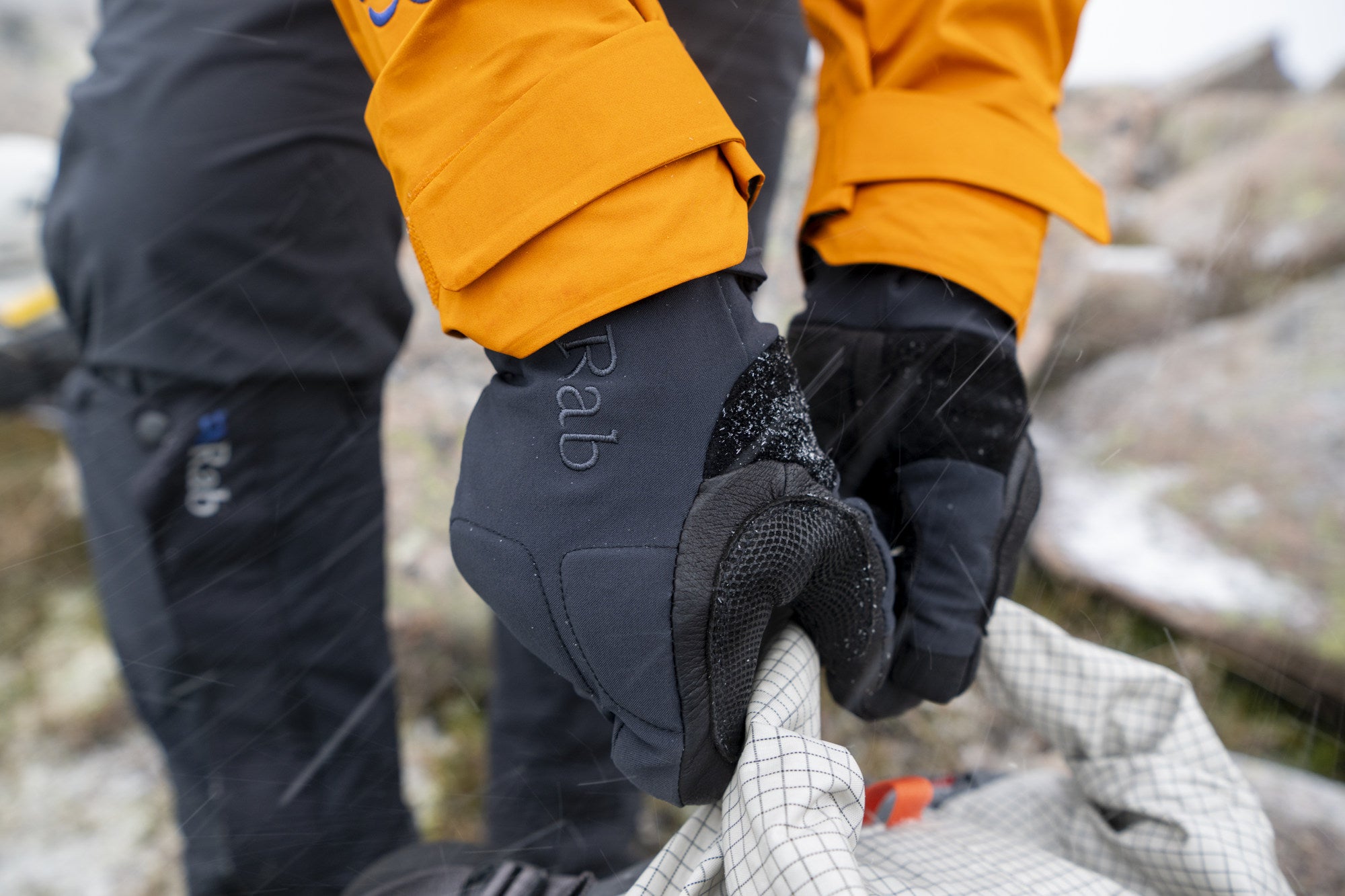
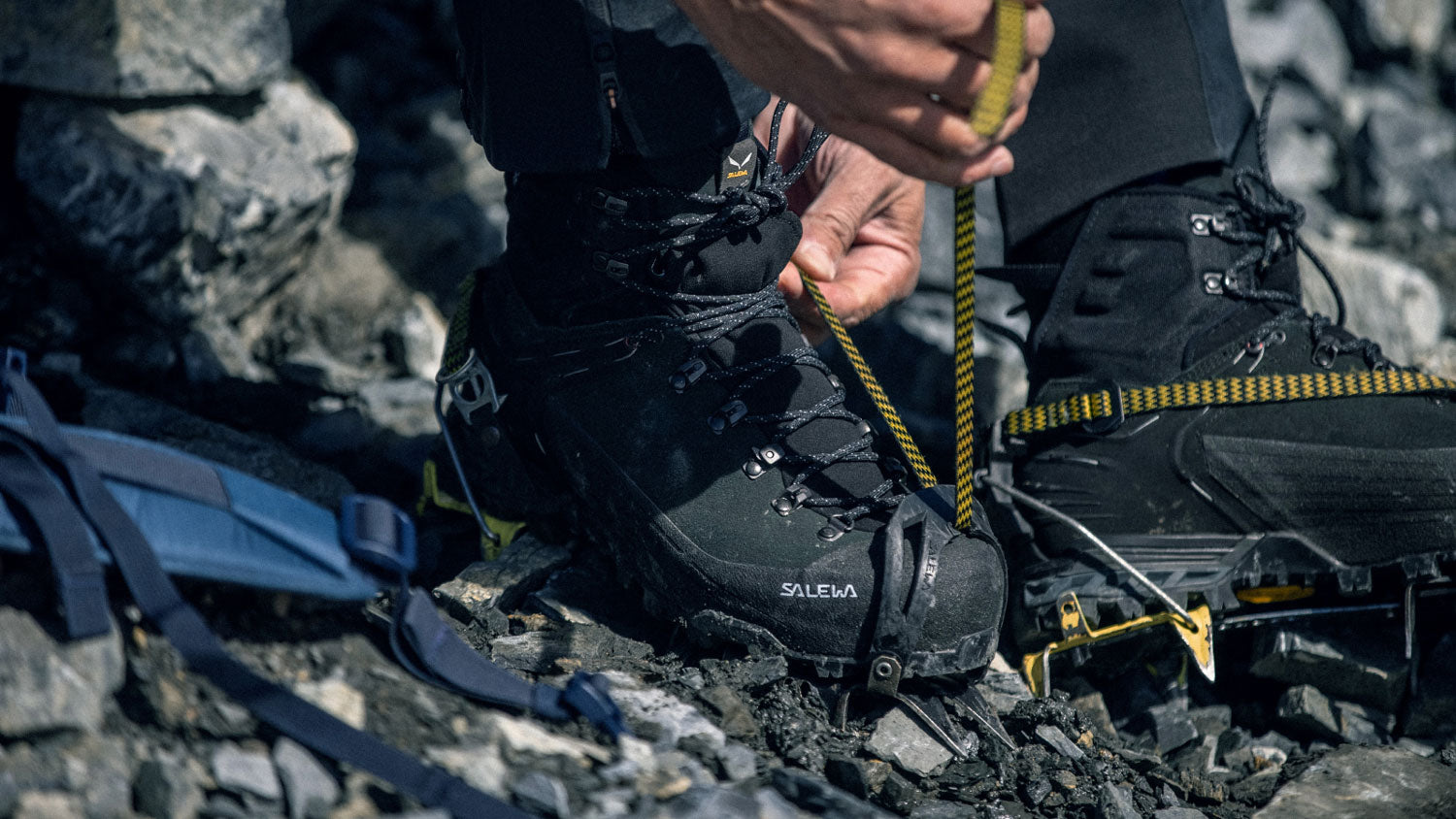
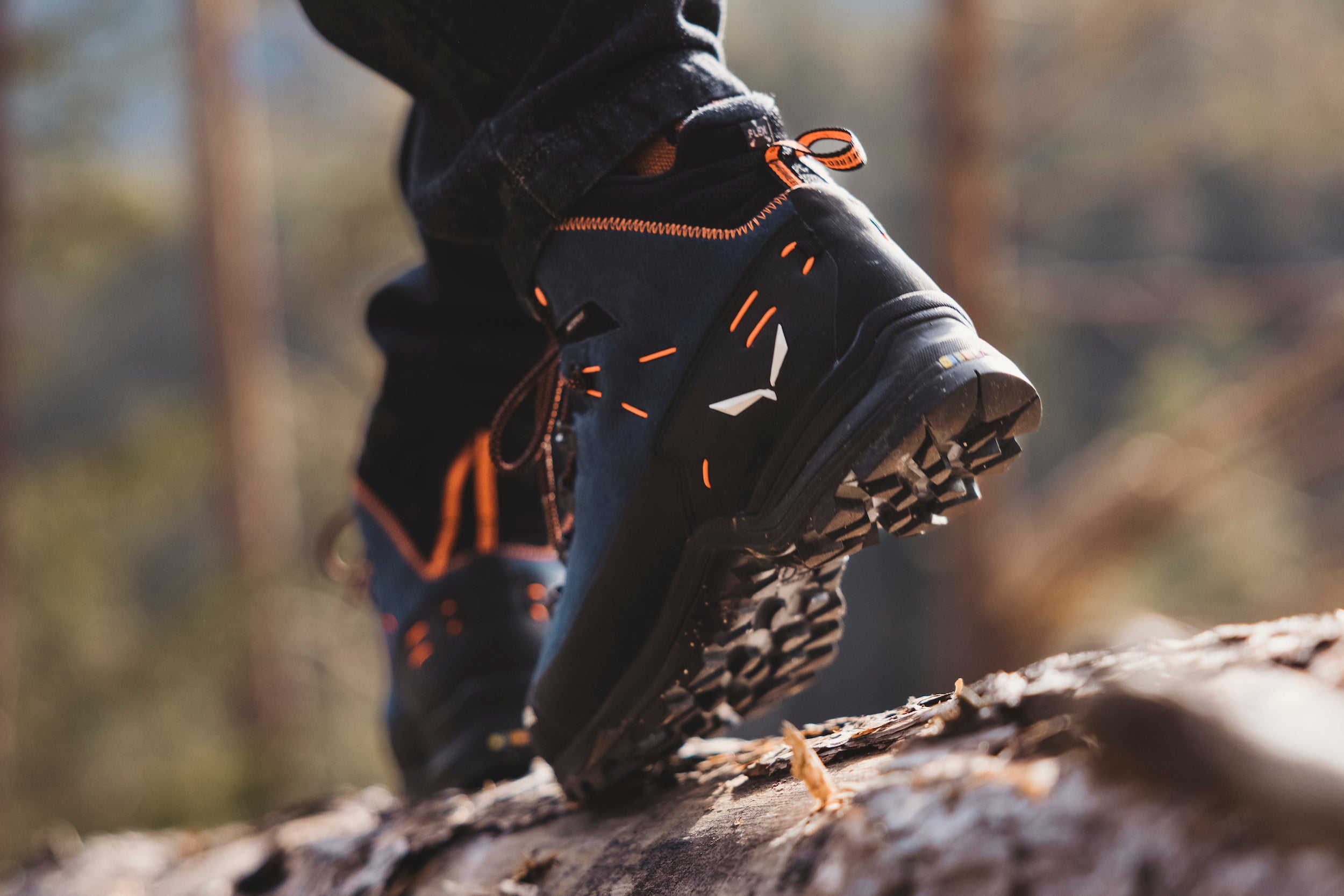
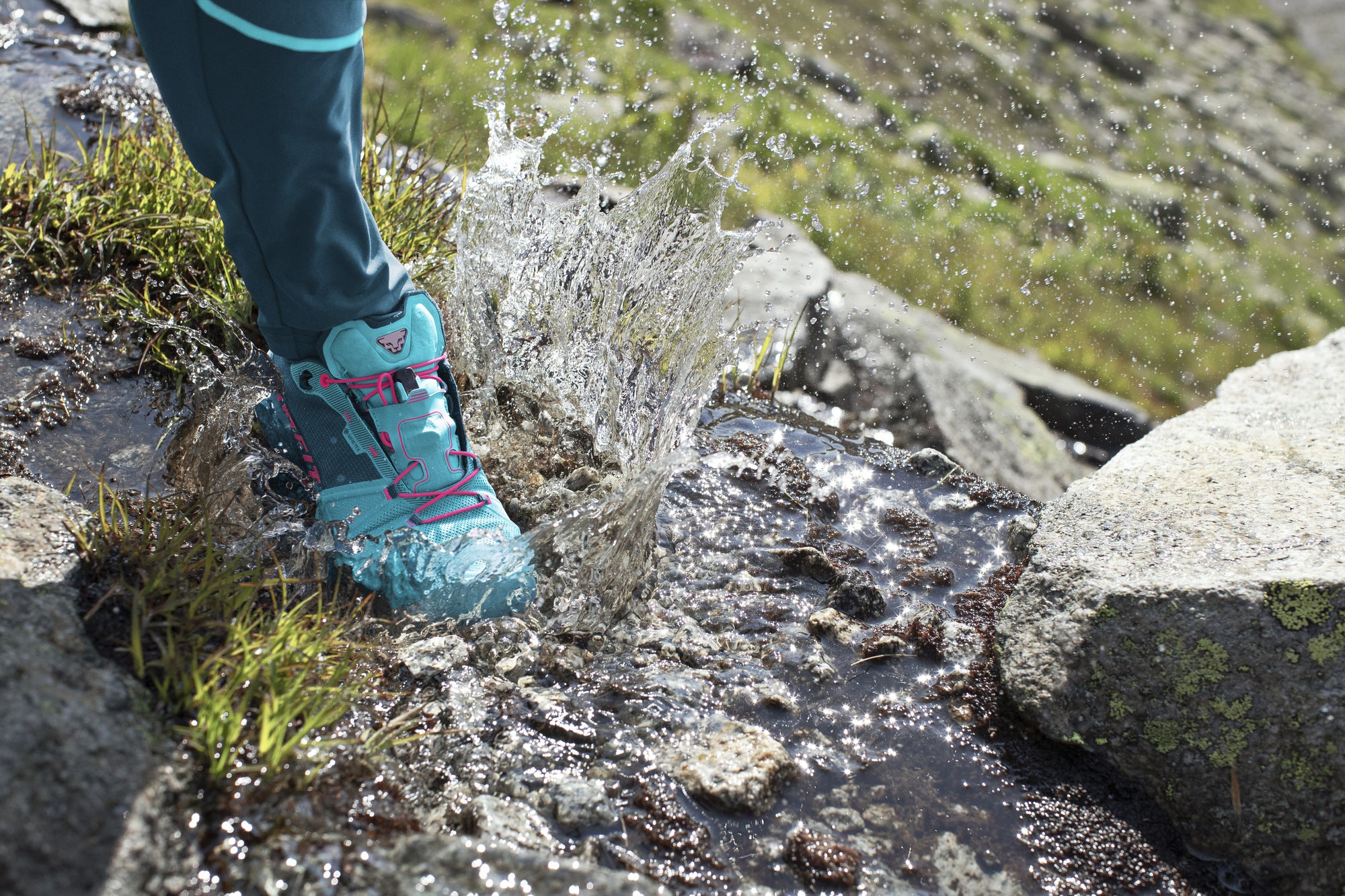

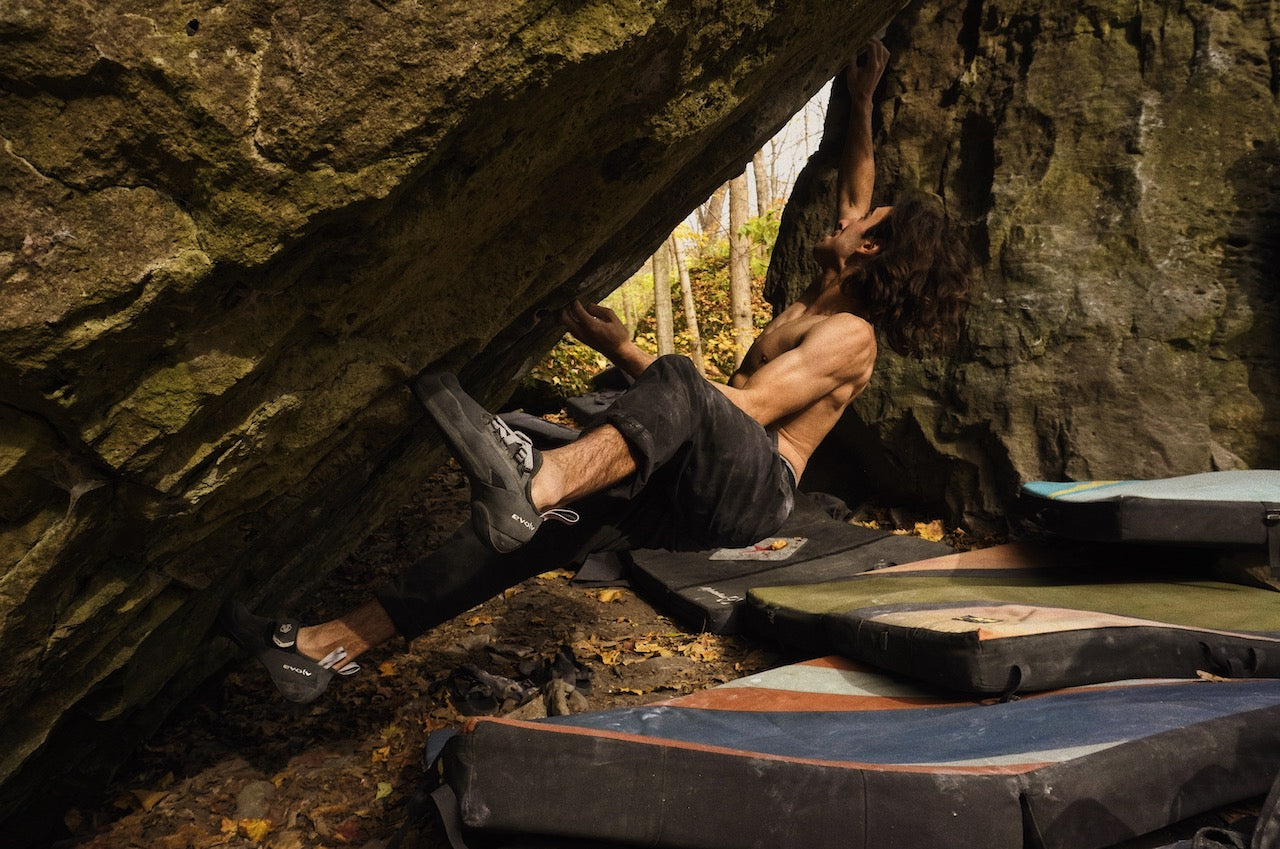
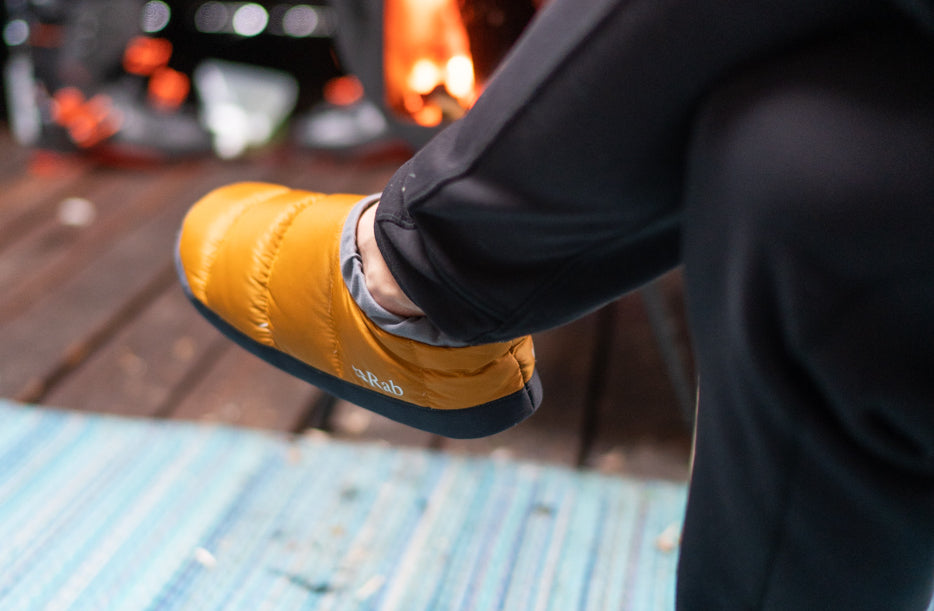



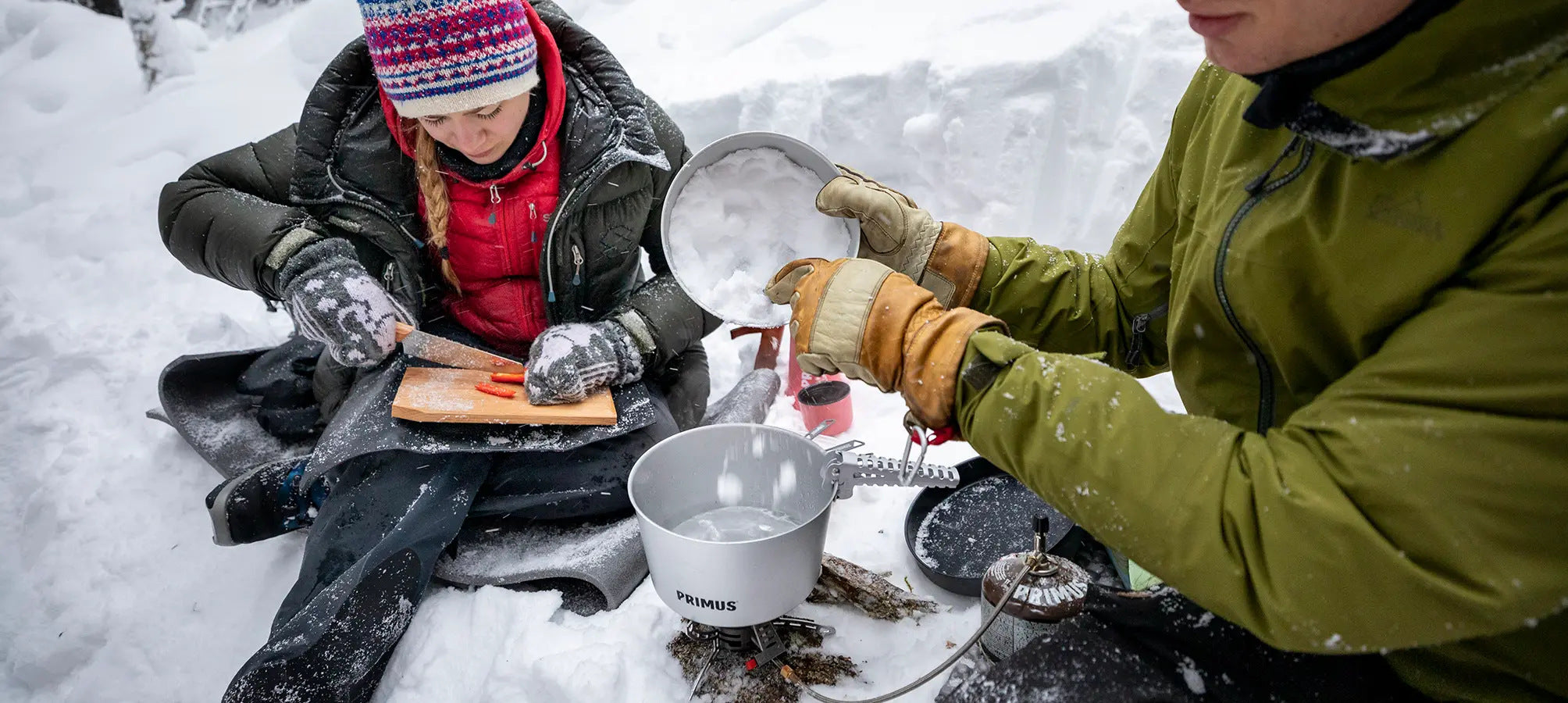

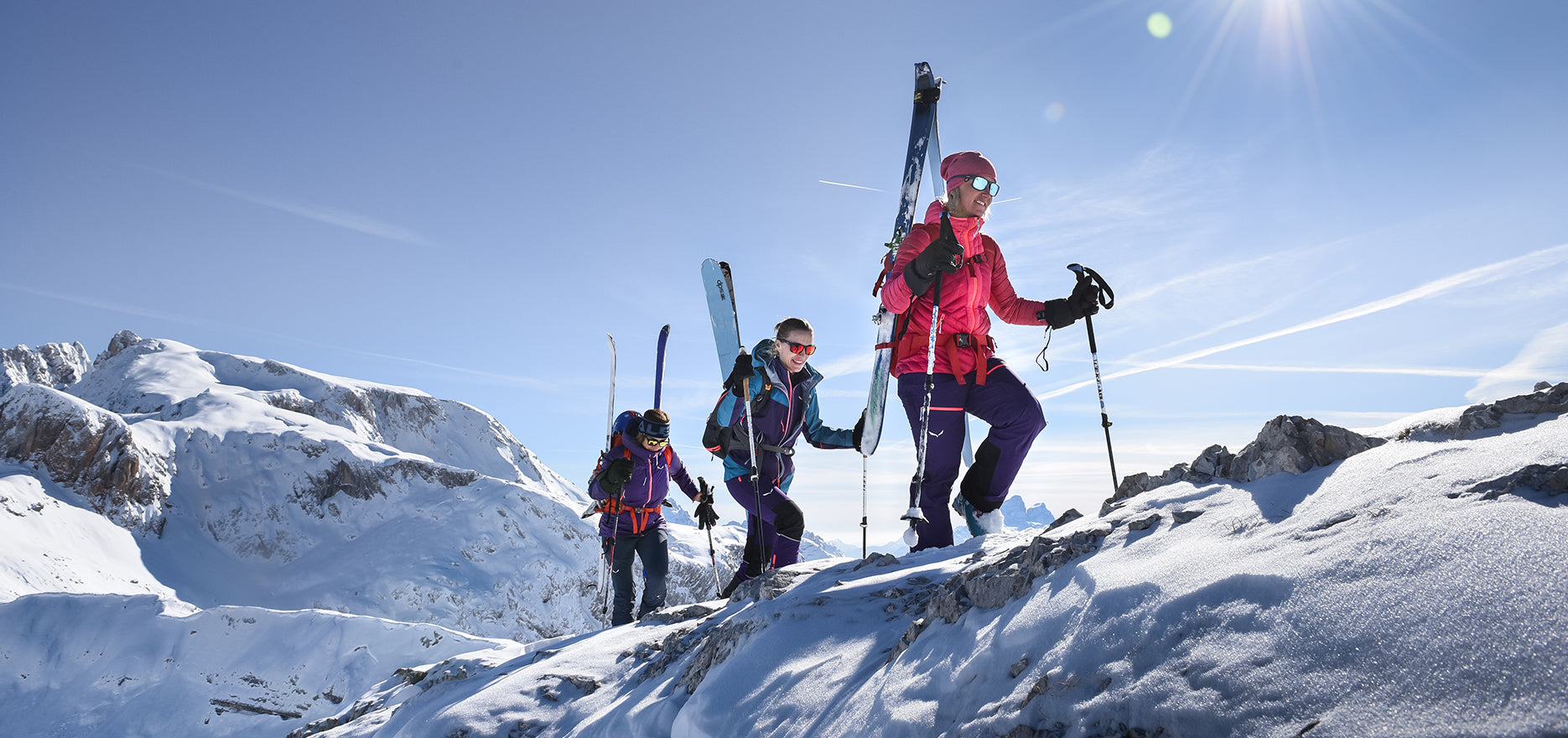
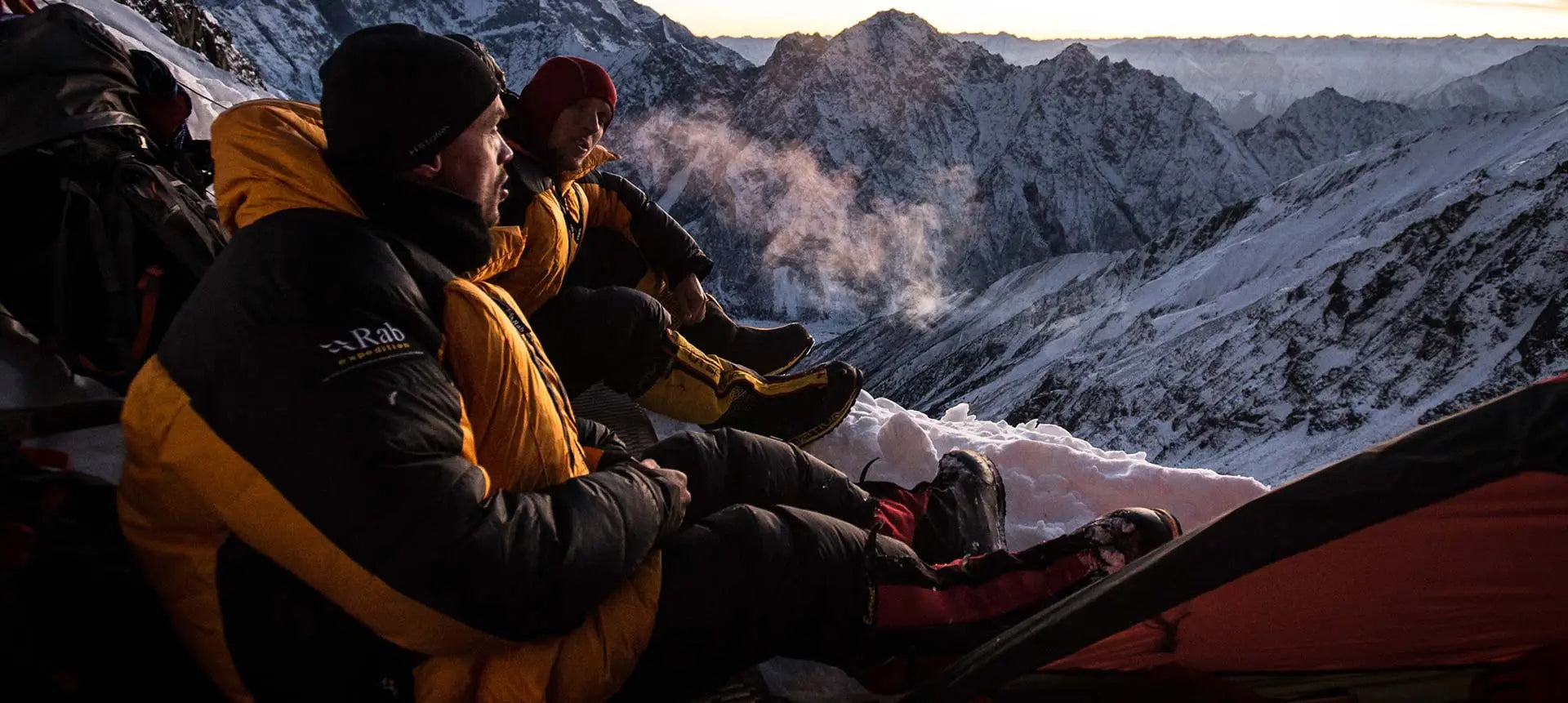
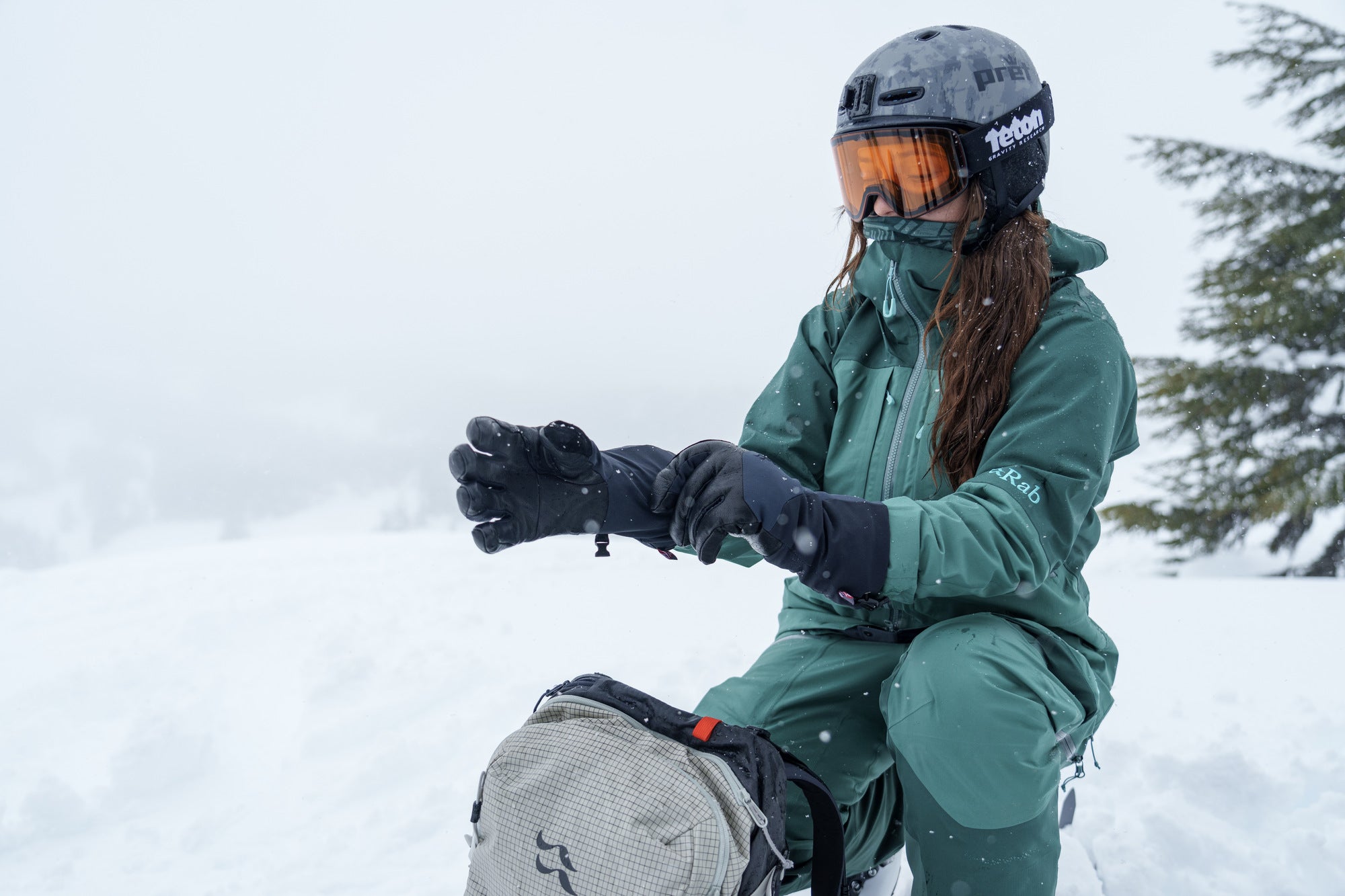






Leave a comment